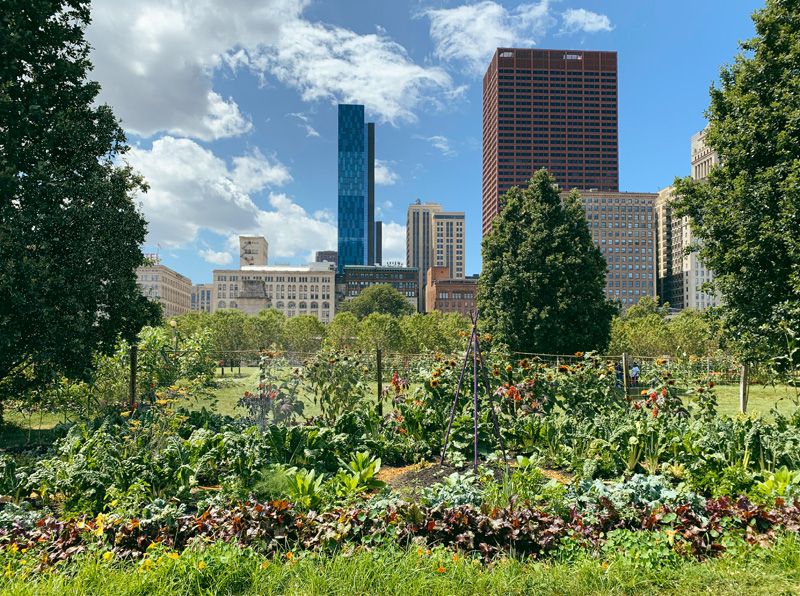
What Is Urban Gardening?
What Is Urban Gardening?
Urban gardening is growing all types of plants on a small scale in an urban environment. This means that they have to suffer city pollution, smog, and road salts.
Packed in tight urban areas, most of us think that we don’t have any place to grow our green heaven. Let’s think about it the other way.
Many plants require shade to grow, grow in as little as one pot, and grow in hanging pots. Even if you are living in a small home, you can grow fresh veggies indoors.
Let’s see how.
Types of Urban Gardening
There are five types of urban gardening; indoor, container, community, guerilla, and rooftop gardening.
Indoor gardening is best for people who have no balconies or yards attached to their homes. Here, plants grow in indoor sunrooms or greenhouses.
Container gardening uses containers such as buckets, plastic pools, cans, and shoes to grow a garden in balconies, patios, or yards.
Community gardening uses outdoor public or private places to do gardening as a source of enjoyment or to grow food. Here, people make groups and work on plants.
Guerilla gardening is a technique of adding plants to outdoor gardens that do not belong to the gardener.
Green Roofs are common in urban areas. They support the growth of plants and trees on top of buildings.
Benefits of Growing an Urban Garden
Growing an urban garden has positive impacts on human health, the environment, and its economy.
Gardening is therapeutic as it enhances our physical and mental health. Not only this, but urban gardening ensures that no harmful chemicals and pests are sprayed on plants, which makes them healthier.
Besides, urban community gardening helps people bond with each other and educates children about nature and food growth.
Urban gardening is known to reduce soil erosion and add greenery to the harsh city environment. It adds to the local sources of high-quality food as it does not use pesticides and chemical fertilizers, which reduces chemical pollution.
Its economic impacts include that it creates jobs and reduces storage, packing, and transportation.
5 Best Plants to Grow in Your Urban Garden
Growing something in urban areas can be a challenging task. We have to consider growing something in that limited area and growing in a harsh urban environment.
Here is a list of plants you can quickly grow in an urban garden.
- Zucchini:
- Cherry Tomatoes:
- Beans:
- Radishes:
- Mint:
- City Farmer, Columbia
- O’Hare International Airport, Chicago
- La Finca Del Sur Community Garden, NewYork
